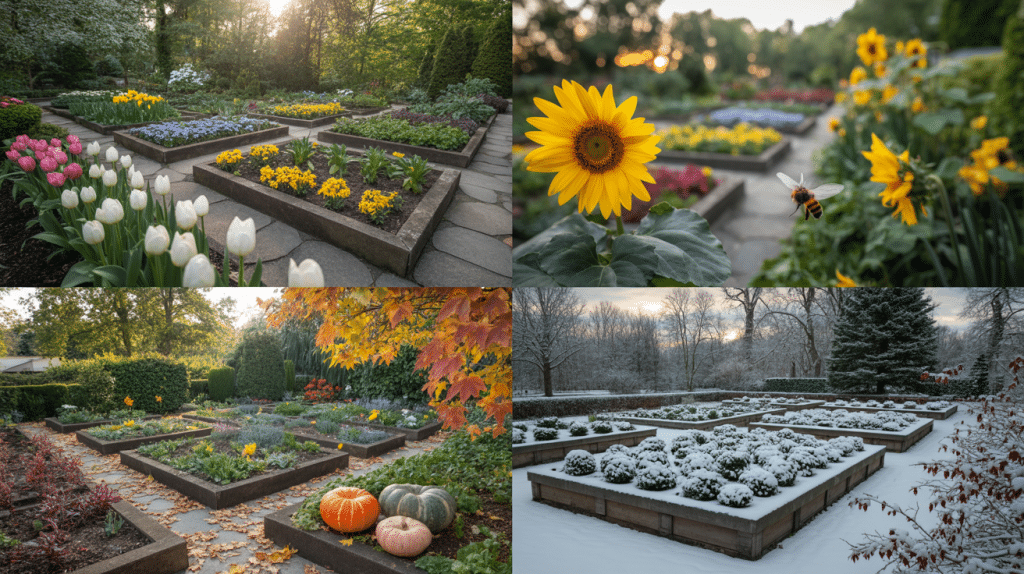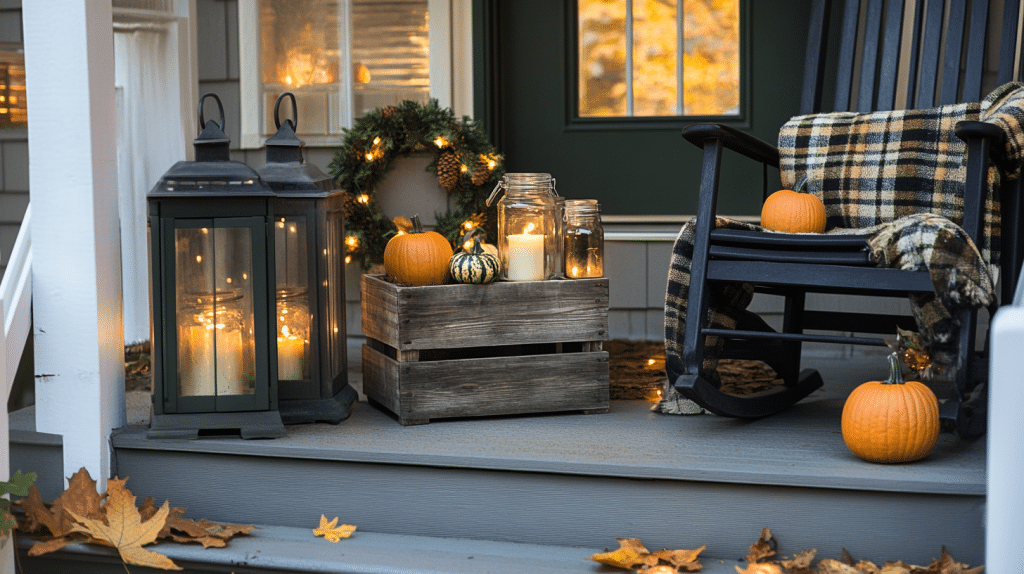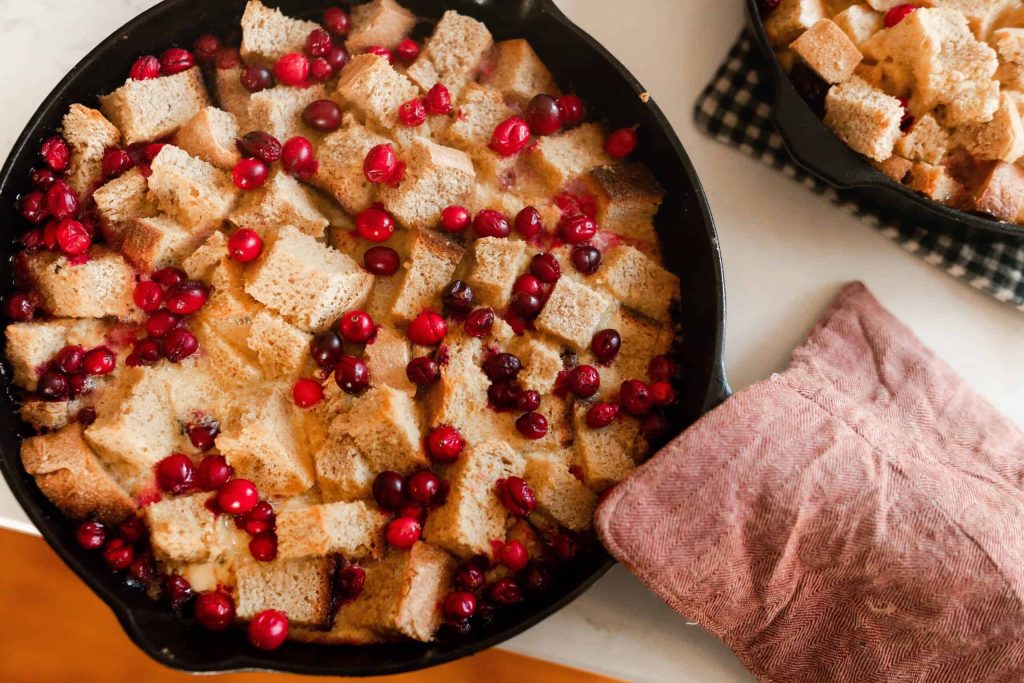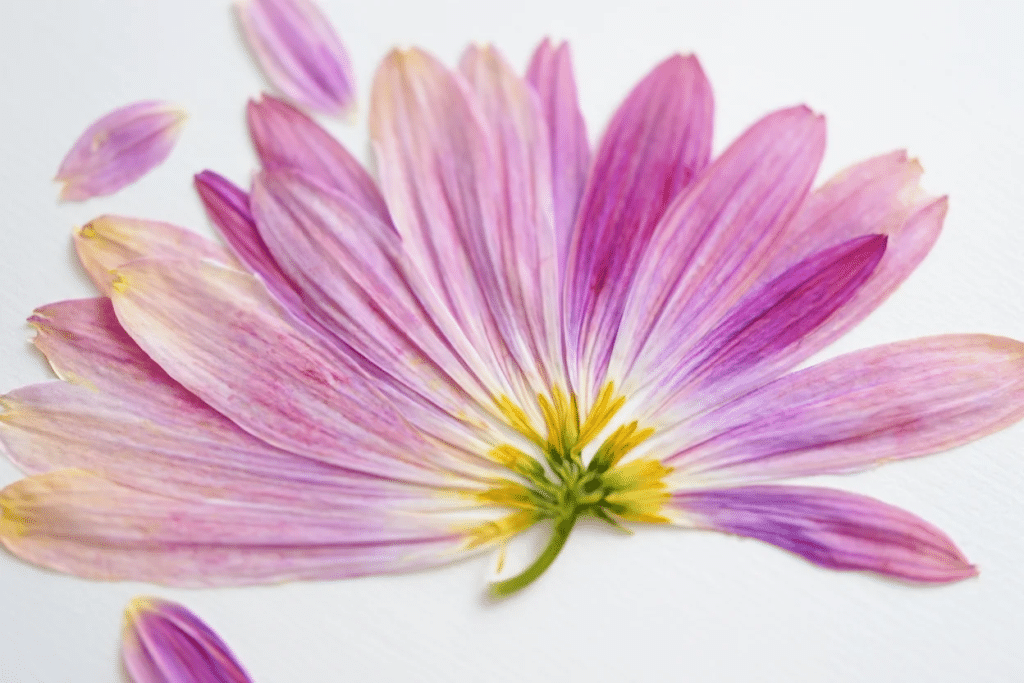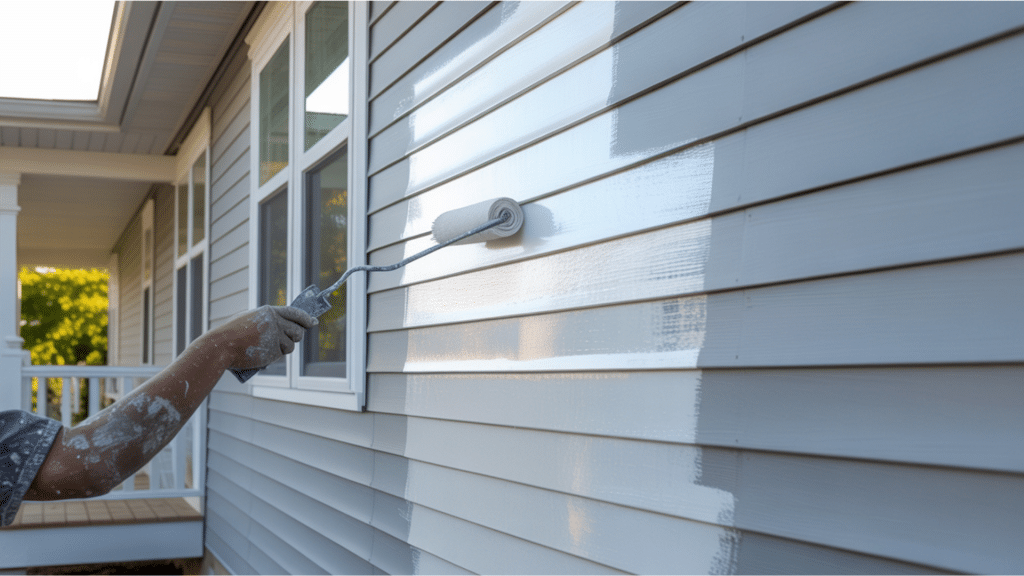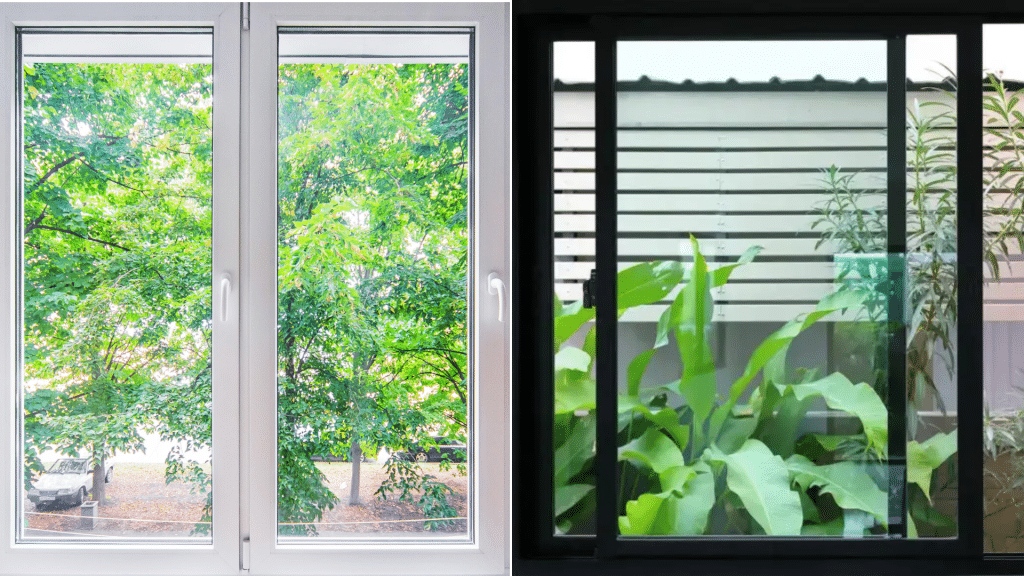Do you spend hours pulling stubborn weeds only to see them return days later? You’re not alone. Many gardeners fight this same battle every season, feeling tired and frustrated.
I used to waste weekends yanking out unwanted plants until I learned better methods. The good news? A weed-free garden isn’t just a dream – it’s completely possible with the right know-how.
In this guide, I’ll show you how to spot different weeds, share proven removal tips, and suggest plant allies that help keep invaders away. You’ll learn simple, natural solutions that work in every season.
Ready to take back your garden and enjoy your outdoor space again? Let’s get started with easy steps you can use today!
Why Is It Important to Have a Weed-Free Garden?
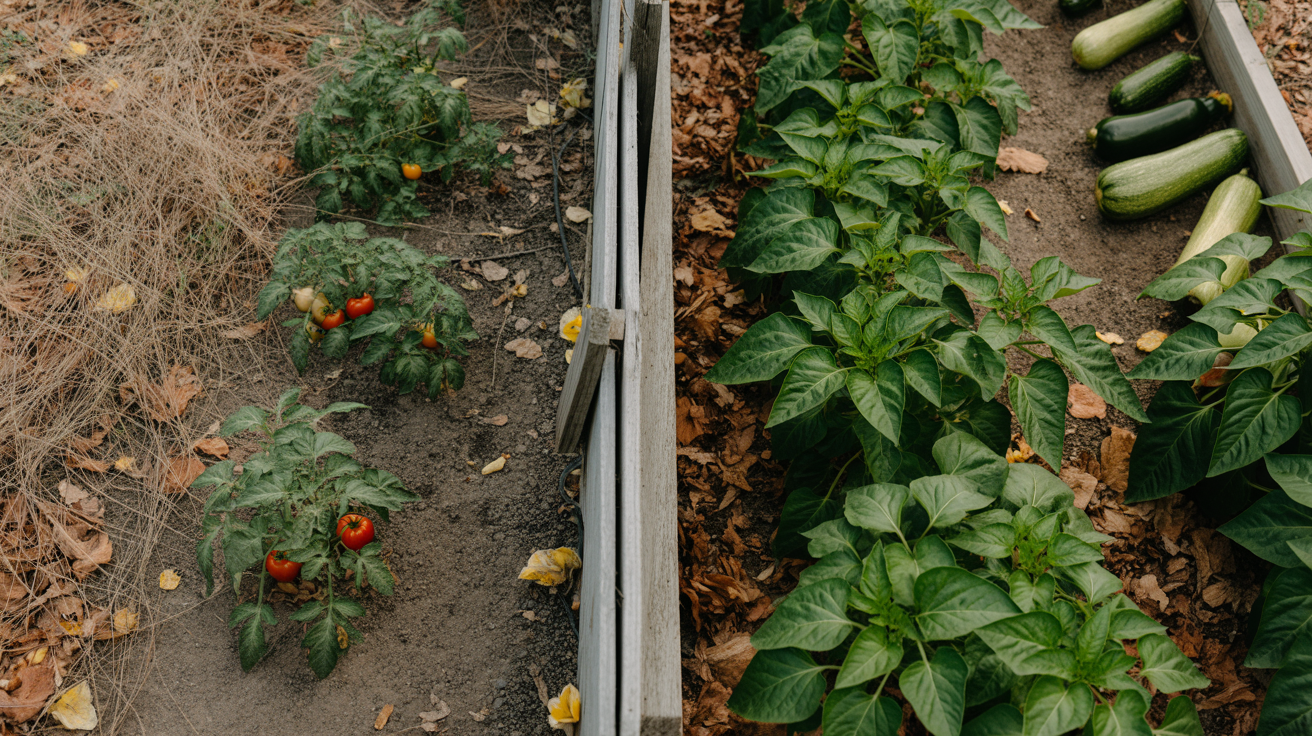
A tidy, well-kept garden does more than please the eye. Weeds steal water, light, and food from your plants. They hide in plain sight, taking resources your flowers and veggies need to grow strong.
Weeds can also bring pests and diseases into your garden. Some spread so fast they can take over a bed in weeks. Others have deep roots that make them hard to remove once they settle in.
A weed-free garden gives your plants the best chance to thrive. Your flowers bloom better, your veggies grow bigger, and you spend less time on your knees pulling out the bad stuff.
Plus, your garden looks better! There’s nothing like smooth, clean soil around your plants to make the colors pop and the shapes stand out.
Identifying Persistent Weeds
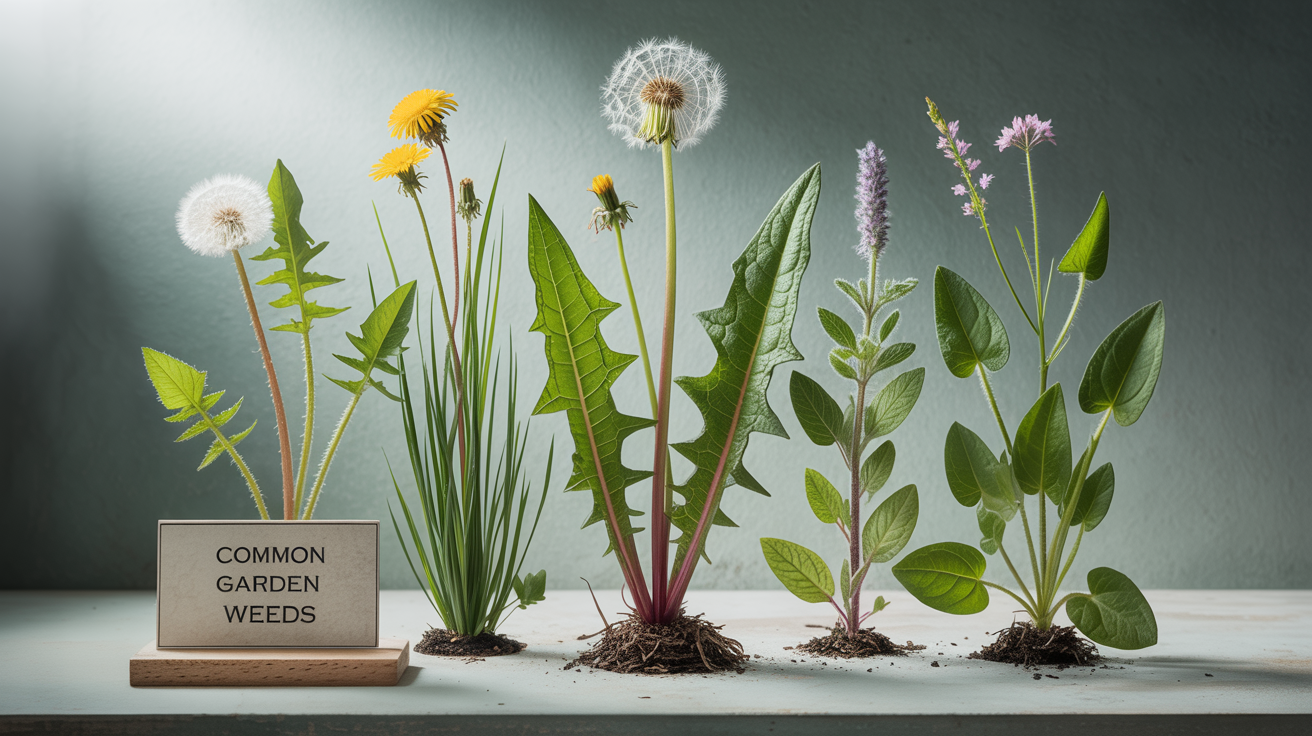
Knowing what grows in your soil is the first step to stopping weeds before they take over. Here’s how I spot the most common garden invaders:
- Leaf shape: Look at the edges and form. Dandelions have toothed edges, while crabgrass shows flat, wide blades that spread out from the center.
- Growth pattern: Check how they grow. Creeping Charlie forms low mats along the ground, while pigweed stands tall with a main stem and branches.
- Root system: Dig up a sample to examine. Bindweed has deep, spreading roots that can reach several feet, while chickweed has thin, easy-to-pull roots.
- Flower type: Wait for blooms if you’re unsure. Plantain produces tall, narrow spikes, while purslane shows small yellow flowers that open in sunlight.
- Seed production: Note how they spread. Lamb’s quarters make thousands of tiny seeds, while morning glory vines form distinct seed pods.
These simple checks help me maintain a weed-free garden year after year by catching problems early, before they have a chance to spread.
Best Practices for Maintaining a Weed-Free Garden
These five tested methods have helped me keep my garden beds clear all year. Each one gets easier with practice and makes a big difference in how your plants grow:
Method 1: Mulching
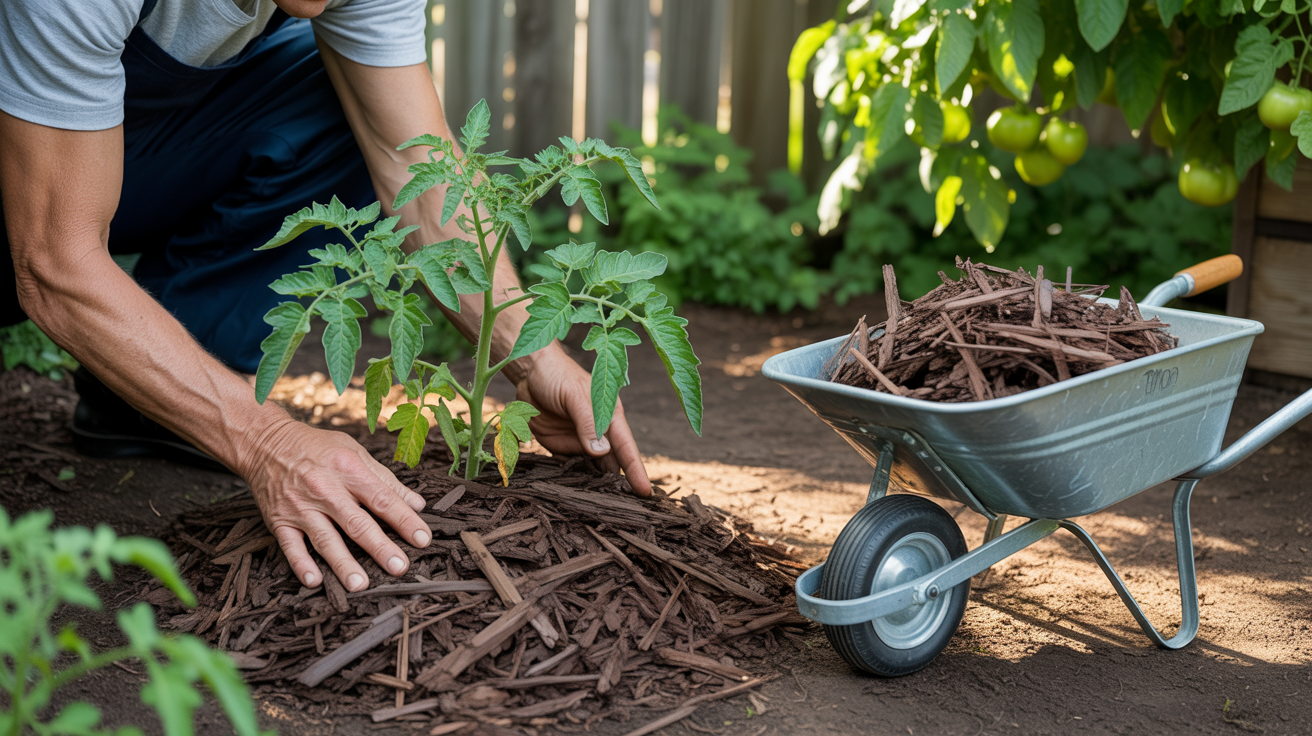
Covering your soil with a thick layer of mulch stops weed seeds from getting light they need to grow. I use this in all my beds because it works so well and adds good stuff to the soil as it breaks down.
Materials required: Wood chips, straw, leaf mulch, or compost; garden rake; wheelbarrow; gardening gloves.
Instructions:
- Pull all existing weeds from the area
- Water the soil well
- Spread mulch 2-3 inches thick around plants
- Keep mulch 1-2 inches away from plant stems
- Refresh the layer when it thins out
Method 2: Hand Weeding
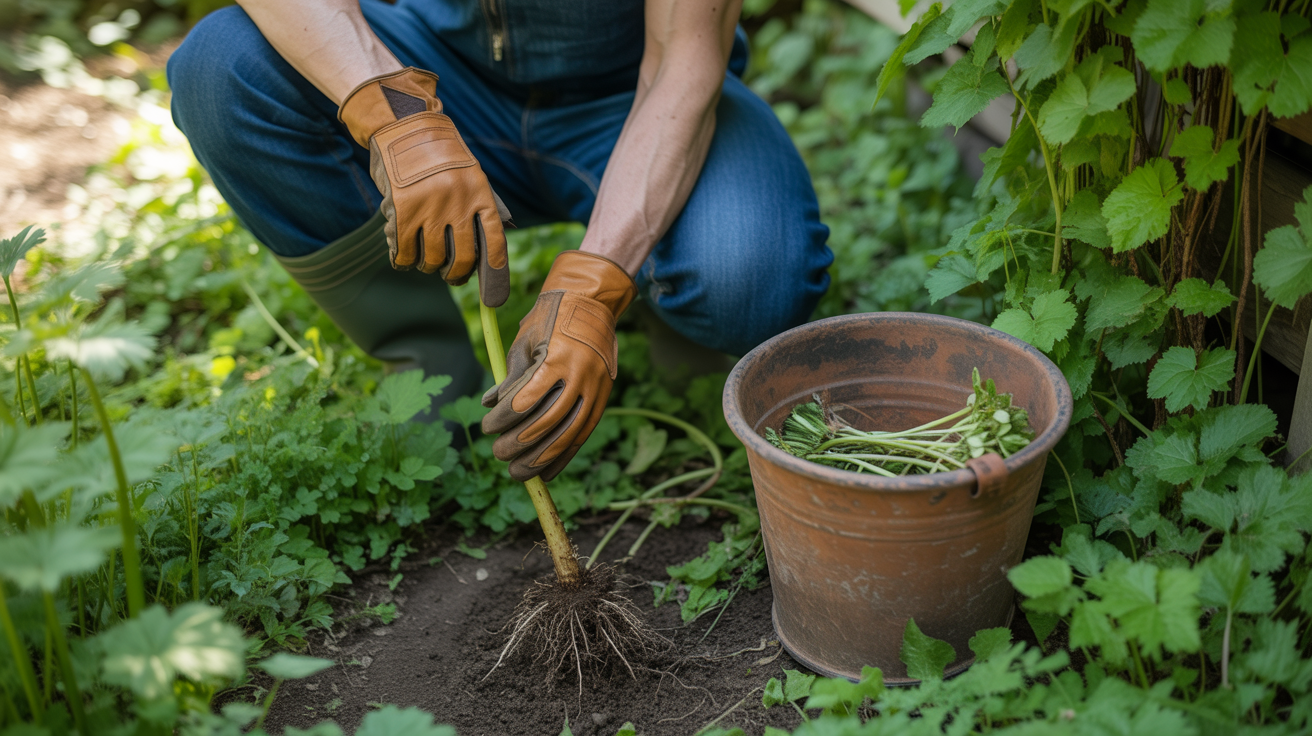
Getting up close with your garden helps you catch weeds when they’re small. I set aside time each week to walk through and pull anything that doesn’t belong there.
Materials required: Garden gloves, hand trowel, kneeling pad, bucket for collected weeds.
Instructions:
- Weed after rain when soil is damp
- Grasp weeds at their base near the soil
- Pull slowly to remove the whole root
- Shake off soil from roots back into the bed
- Put pulled weeds in a bucket, not on the ground
Method 3: Hoeing
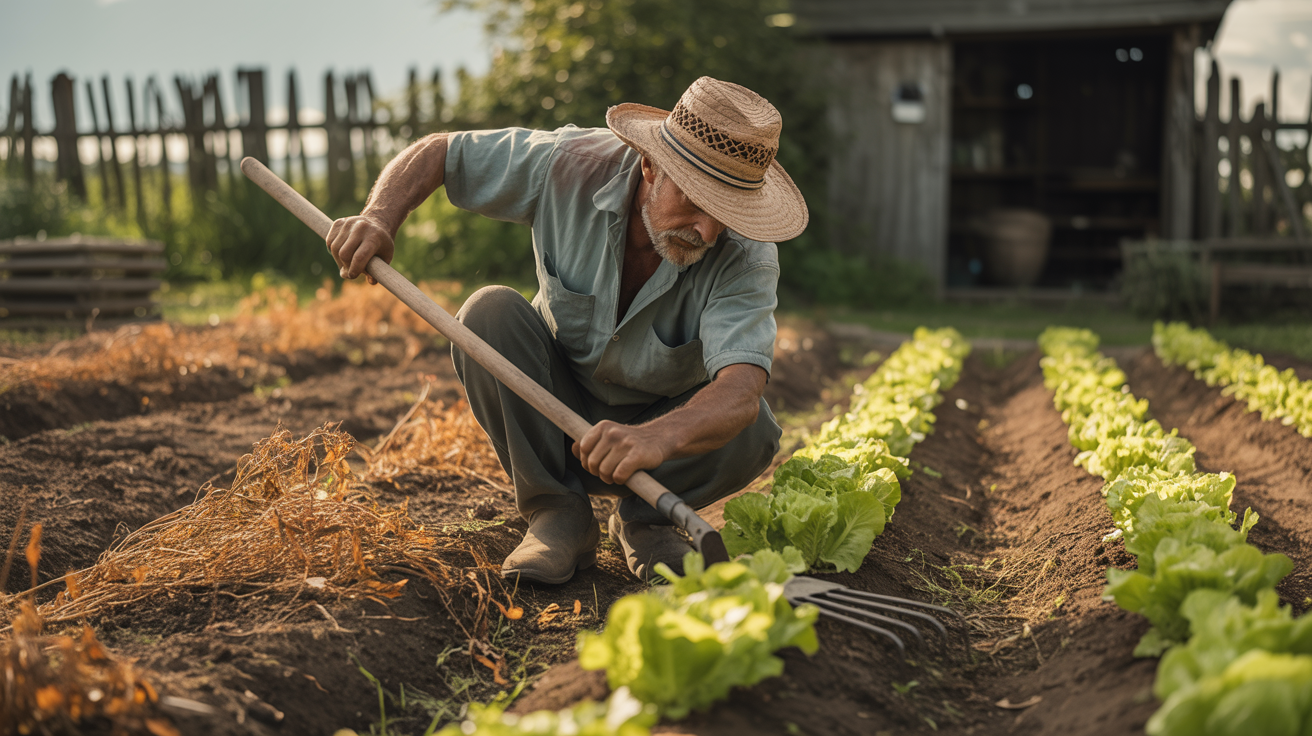
A quick pass with a hoe cuts weeds off at the soil line. This works best for young weeds in rows or open areas where you can move easily without hurting your plants.
Materials required: Garden hoe, gloves, hat for sun protection, garden waste bag.
Instructions:
- Choose a dry, sunny day for hoeing
- Hold the hoe at a shallow angle
- Slice just below the soil surface
- Work backward so you don’t step on cleared areas
- Let cut weeds dry out on soil surface
Method 4: Weed Barriers
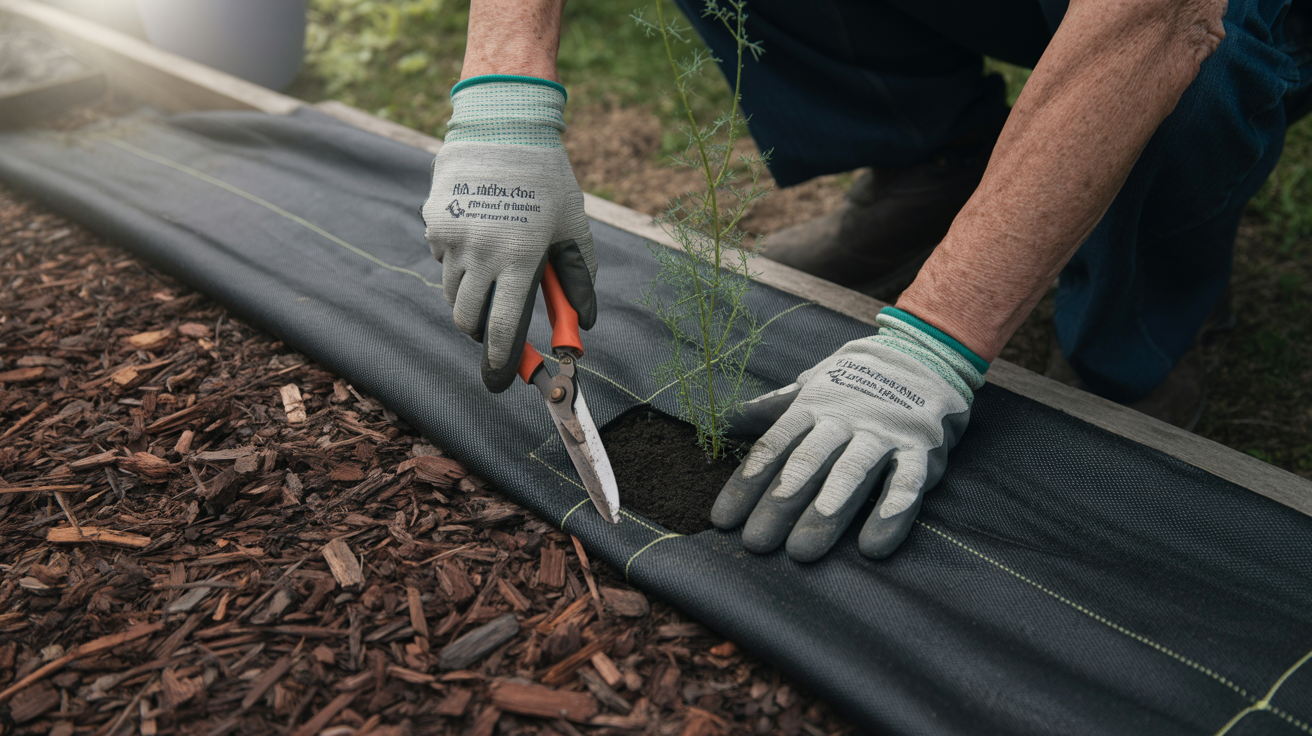
Placing a barrier under your mulch gives double protection. I use this in my flower beds and around trees where I don’t need to dig often.
Materials required: Landscape fabric, scissors, garden staples, mulch for covering.
Instructions:
- Clear the area of all weeds first
- Cut fabric to fit the space with overlap
- Secure edges with garden staples
- Cut X-shaped slits for existing plants
- Cover the fabric with mulch for looks
Method 5: Close Planting
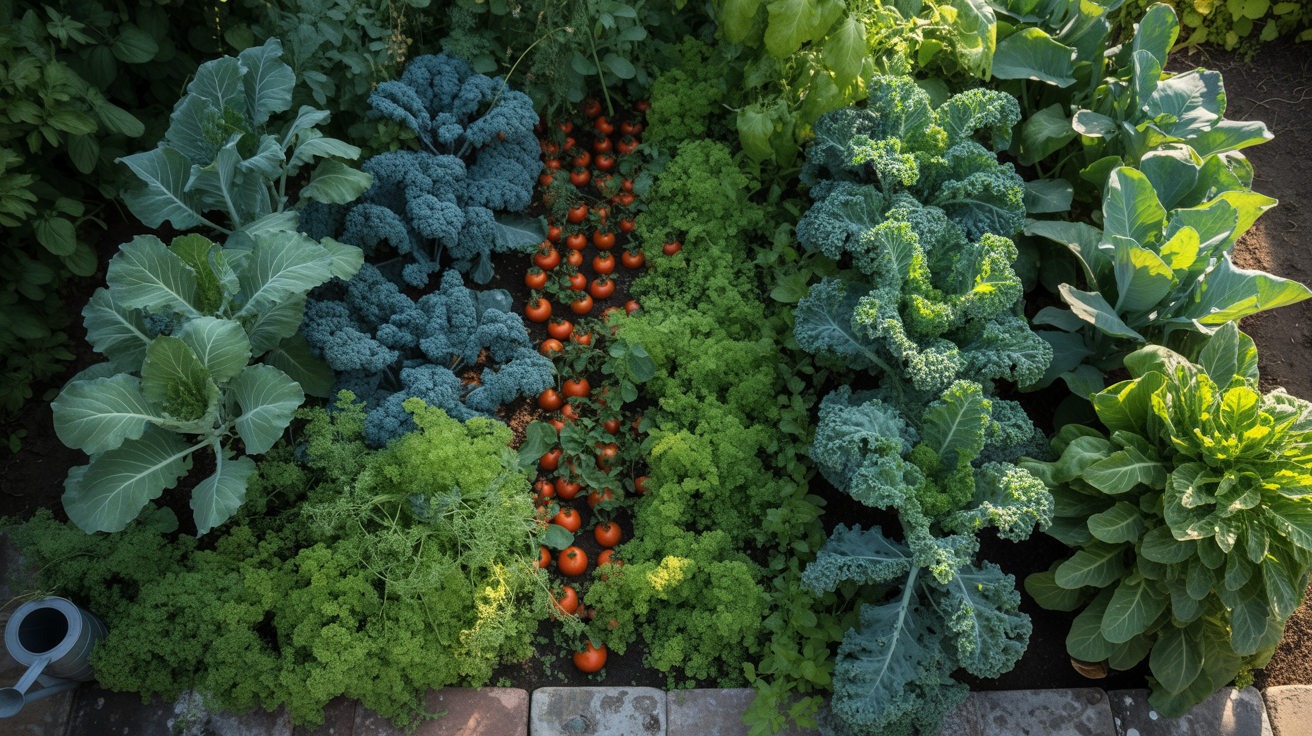
Growing plants near each other leaves less room for weeds. This creates a living mulch that shades the soil and uses up resources weeds would take.
Materials required: Plant starts or seeds, garden plan, measuring tape, compost.
Instructions:
- Plan your garden with proper spacing
- Plant tall crops on the north side
- Fill gaps between slow-growing plants with quick crops
- Add compost to feed closely planted areas
- Water at soil level to prevent fungal issues
Creating a weed-free garden takes some upfront work, but these practices save countless hours of pulling later. I mix and match these methods based on what each part of my garden needs.
Organic Weed Control: Eco-Friendly Solutions
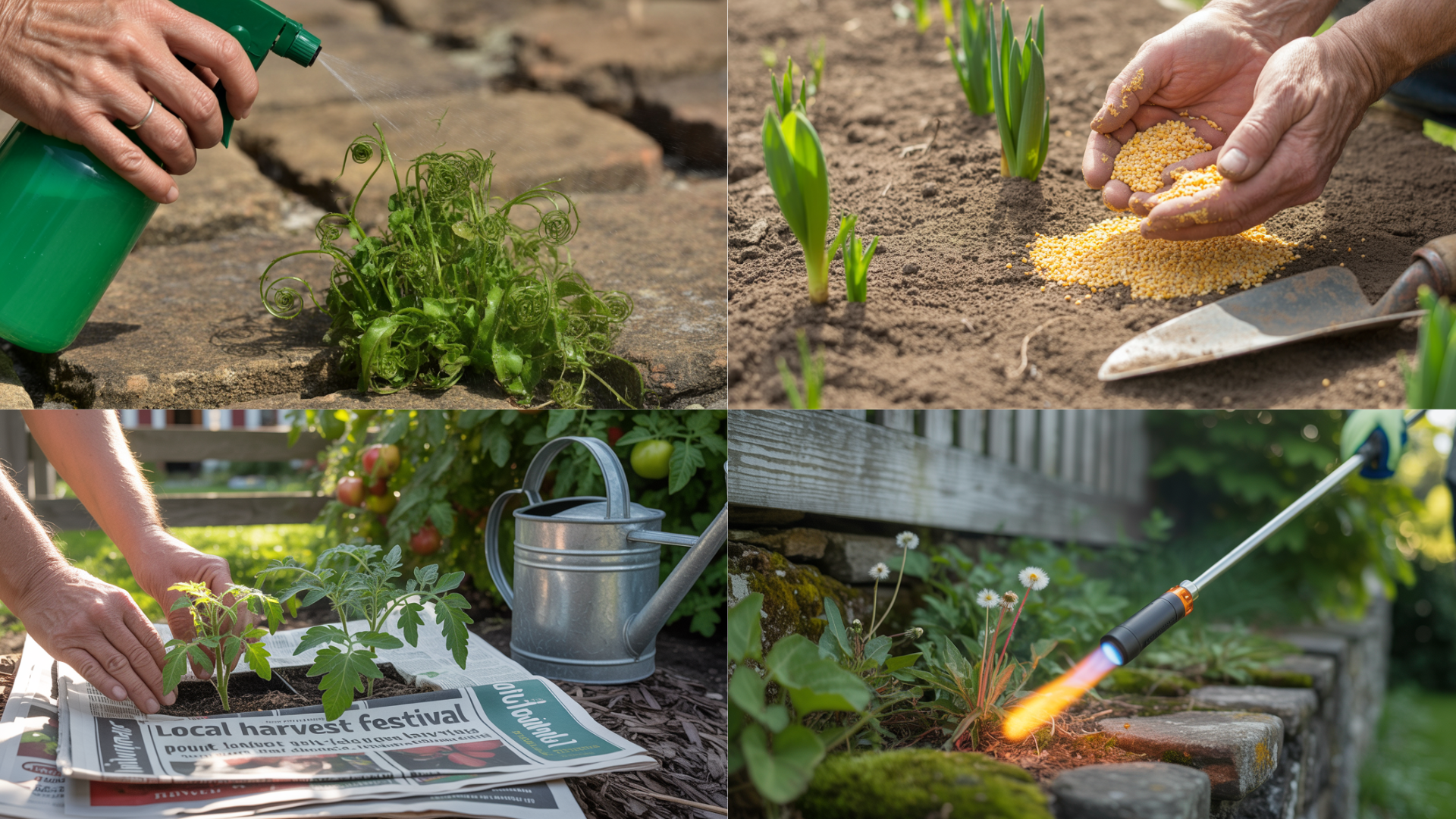
These natural methods help me keep my plants happy without using harsh chemicals that might harm the soil or helpful bugs:
1. Vinegar spray
Mix one gallon of white vinegar with one cup of table salt and a tablespoon of dish soap. This simple solution works best on young weeds on hot, dry days.
The acid burns weed leaves while the salt stops new growth. Be careful not to spray your good plants since this mix doesn’t know the difference.
2. Boiling water
Pour boiling water directly on weeds growing in cracks, paths, or well away from wanted plants.
The heat kills the leaves and can reach into shallow roots. I find this works well for weeds in my driveway cracks and along the edges of my patio.
3. Corn gluten meal
Spread this natural by-product as a pre-emergent in early spring. It won’t kill grown weeds but stops new seeds from growing roots. Apply it at 20 pounds per 1,000 square feet for best results, and water it lightly to activate.
4. Newspaper layers
Place 4-5 sheets of newspaper around plants and wet them down. The paper blocks light from reaching weed seeds but breaks down over time to feed the soil. Cover with mulch for a neater look that stays in place longer.
5. Flame weeding
Use a special weed torch to apply quick heat that bursts plant cells. This works best for small areas and path edges. One quick pass is all you need – you don’t need to burn the weed, just heat it enough to kill it.
6. Hand-pulled weed tea
Soak pulled weeds in water for 1-2 weeks in a covered bucket. Strain the liquid and use it diluted as fertilizer. This turns your problem into food for your garden, completing the growing cycle naturally.
The Best Plants to Help Prevent Weeds
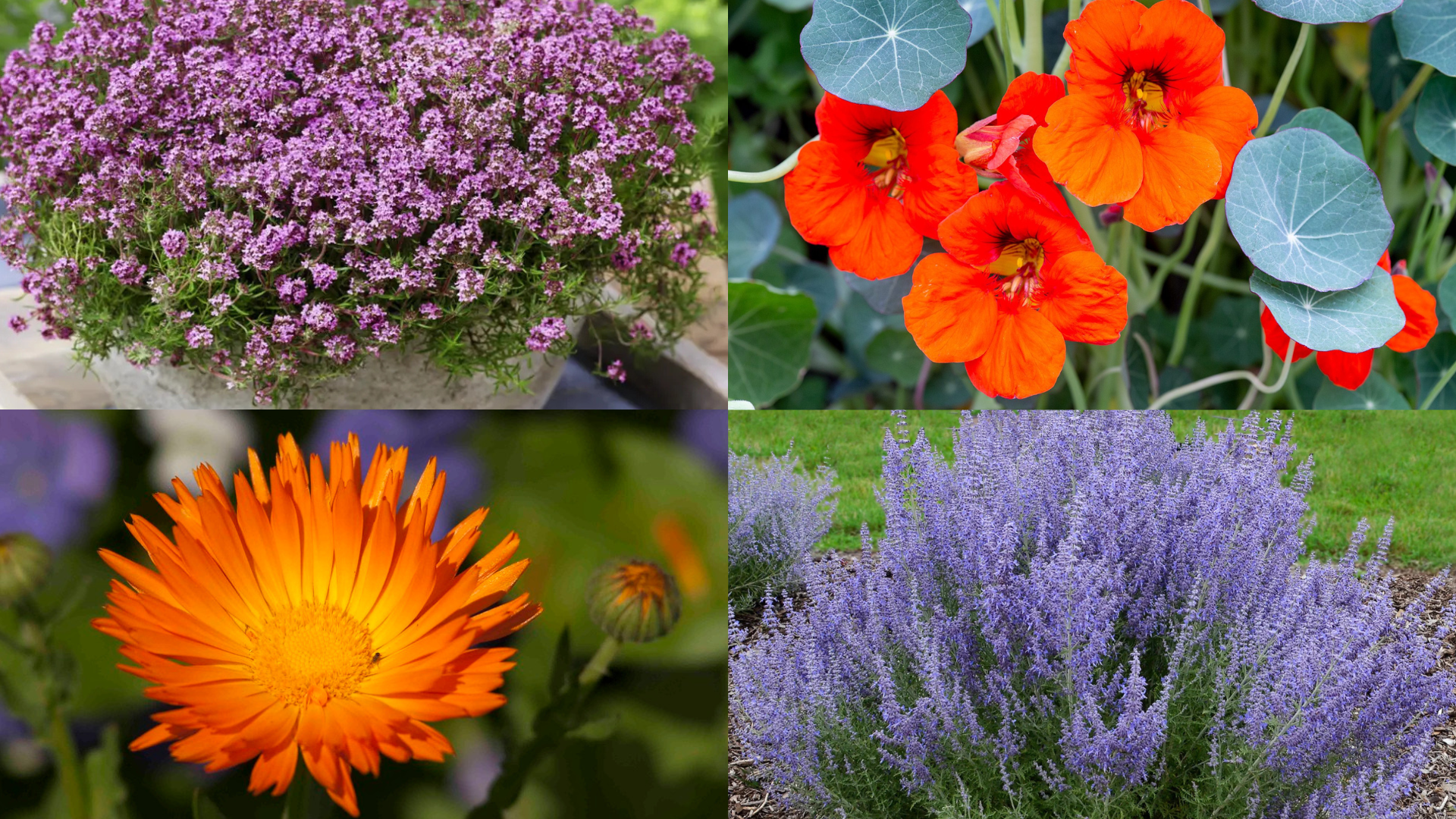
Some plants work harder than others to keep unwanted visitors away. I’ve found these garden allies help create a weed-free garden through their growth habits and natural qualities:
Ground Covers
These low-growing plants spread to form living carpets that leave no room for weeds to take hold:
- Creeping Thyme: Creates a fragrant mat that can handle light foot traffic and smells great when stepped on.
- Sweet Woodruff: Grows well in shady spots where many weeds thrive, with pretty white flowers in spring.
- Sedum: Comes in many varieties that spread quickly over dry areas where other plants struggle.
These ground covers do double duty by adding beauty while helping maintain a weed-free garden with minimal effort.
Tall Shade Makers
Plants with broad leaves or dense growth create shade that prevents weed seeds from getting the light they need.
- Hostas: Their wide leaves create deep shade beneath, making an area where few weeds can sprout.
- Russian Sage: Grows into a bushy form that fills space and has natural compounds that limit other plants.
- Zinnias: When planted close together, they create a colorful barrier that blocks light from reaching soil.
- Marigolds: Their roots release chemicals that stop certain weeds, plus they add bright color all season.
The shade these plants cast helps keep soil cool and dark, creating tough conditions for weed seeds.
My Personal Favorites
Over years of gardening, I’ve found these plants to be the most helpful weed fighters in my beds.
- Lavender: The dense growth and strong scent seems to keep weeds at bay, plus bees love it.
- Nasturtiums: They sprawl quickly across open soil and look pretty trailing from containers.
- Lamb’s Ears: Their fuzzy, silver leaves form thick mats that crowd out most would-be invaders.
- Purple Coneflower: Grows tall and full, shading the soil while attracting helpful pollinators.
I rely on these trusted plants year after year to help keep my garden spaces clean and productive.
With these plant allies working alongside proper techniques, a weed-free garden becomes much easier to maintain. The right plants can do much of the work for you while adding beauty and function to your outdoor space.
The Bottom Line
Taking care of weeds doesn’t have to be a constant battle.
The methods I’ve shared work together to create a system that gets better each season. Start with just one or two ideas that fit your garden style.
A weed-free garden isn’t about perfection – it’s about creating a space where your chosen plants can shine without fighting for resources.
Which method will you try first? Share your biggest weed challenges in the comments below.
Frequently Asked Questions
How Do You Permanently Stop Weeds from Growing?
No method stops weeds forever. Use mulch, barriers, and close planting together. Stay consistent with your care to keep them under control over time.
Does Pulling Weeds Cause More Weeds?
No, but pulling can spread seeds or leave root bits that regrow. Pull when weeds are young and the soil is damp to get the whole root.
How often do gardens need to be weeded?
Weekly checks during growing season catch weeds when they’re small. Spend 10-15 minutes for maintenance rather than hours later. More often in spring, less in winter.


